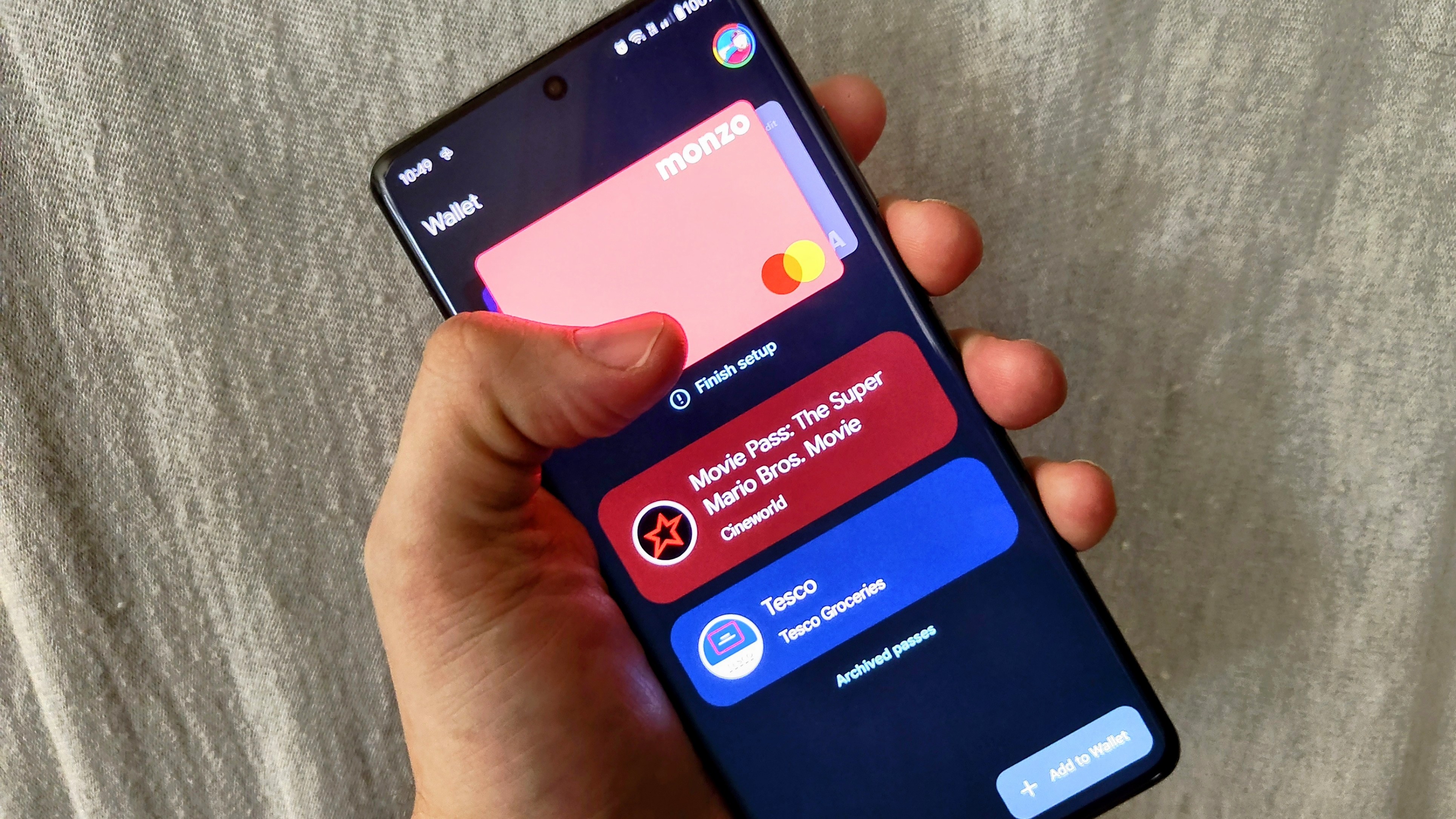Trump has triggered a new gold rush. Here’s where investors should jump in
Gold prices pulled back from all-time highs last week, but the respite may only be temporary. Donald Trump’s statement that he does not plan to fire Federal Reserve Board chair Jerome Powell combined with his musings about doing a trade deal with China “soon” eased the buying pressure that had driven the precious metal past US$3,500 an ounce a few days before. But it wouldn’t take much – a few combative words or an angry midnight post – to set off a new gold rush. The American president has been single-handedly responsible for driving up the price of the precious metal to record highs this year. Given his propensity to create chaos with every word or post, it seems likely this will continue for a while. June gold futures ended 2024 at US$2,629.20. The closing price broke through US$3,000 on March 17. They closed on April 2, the day Mr. Trump announced his reciprocal tariff plan, at US$3,139.90, at which point the futures stalled. But last week the price began moving up again after Mr. Trump denounced Mr. Powell for not lowering interest rates and threatening to fire him. That had the effect of driving down the U.S. stock market, creating a sell-off of Treasury bonds, and depressing the value of the greenback. The latter is especially significant, as the U.S. dollar is the world’s reserve currency. If foreign investors lose confidence in it, gold is one of the obvious alternatives. The gold price crossed the US$3,500 mark in intra-day trading on April 21. The closing price of the June futures on April 25 was US$3,318.30, up 26 per cent from the start of the year. The message is clear. If you don’t own any gold, now is the time to remedy that. There are several ways to do this, depending on your investment preferences. Here are some suggestions. Mining stocks The TSX Global Gold sub-index was up 40 per cent as of April 25, which tells you the mining companies are doing well. One of the top picks in my Internet Wealth Builder newsletter is Agnico Eagle Mines Ltd. (AEM-T). It is ahead about 46 per cent year-to-date. Another selection, Alamos Gold Inc. (AGI-T) is also up 46 per cent. Not all gold mining stocks are doing as well, but most have posted double-digit gains to this point. Royalty stocks The difference between precious metals royalty companies and conventional mining stocks is that firms using the royalty model don’t do much, if any, prospecting or mining themselves. They act more like bankers to the industry. Companies like Franco-Nevada Corp. (FNV-T) and Pan-American Silver Corp. (PAAS-T) put up money for exploration and production in exchange for a royalty interest in a mining company’s revenue. For example, in December, FNV announced it is investing $500-million to purchase a royalty stream in a variety of metals from South Africa’s Sibanye-Stillwater. The stock is up almost 40 per cent year-to-date. This does not mean the royalty model is risk-free. Investors are not exposed to a range of costs that affect traditional miners, but geo-political factors can have a significant impact on cash flow and profits. For example, FNV’s revenue took a big hit when First Quantum Minerals was forced to close the giant Panama Cobre mine after an on-going dispute between the company and the government. Despite encouraging reports of negotiations, the mine remains closed to this day. Mining ETFs/mutual funds There is a wide range of mining funds from which to choose. These offer the advantage of diversification for investors who don’t want to select one or two stocks. We recommended the iShares S&P/TSX Global Gold Index ETF (XGD-T) in July 2020 at $21.12. It closed Friday at $29.67. The fund holds a portfolio of 44 mining stocks, of which 65 per cent are Canadian and 20 per cent U.S. It has a so-so record long term – an average annual compound rate of return of 6.81 per cent since it was launched in 2001. But it was up 59.23 per cent in the year to March 31. We continue to rate it as a Buy. Physical gold ETFs/mutual funds If you prefer owning gold rather than the miners, there are funds that allows you to do that as well. The world’s largest is SPDR Gold Shares ETF that trades on the New York Stock Exchange under the symbol GLD. I recommended it on March 11, 2024 at US$201.63. It closed Friday at US$304.73. That’s a gain of 51 per cent in a little more than one year. It’s still a buy. Covered call gold ETFs One of the negatives of investing in gold is that it doesn’t pay interest or dividends. That’s a turn-off for people who need cash flow to supplement their income. In response, some companies have launched gold funds that employ covered call writing to generate cash flow. One example is the CI Gold+ Giants Covered Call ETF (CGXF-T). It makes quarterly distributions that usually range between 19 cents and 24 cents. Over the 12 months to the end of March, the payments totalled a fraction over 90 cents, for a yield of 6.6 per cent at the current price of $13.74. The one-year total return to the end of March was 56.7 per cent. Physical gold Wafers, coins, bars – you can buy real gold in several ways, but it comes with a cost. You’ll have to pay storage charges (unless you want to put it under the mattress, which would make for lumpy sleeping). There are insurance premiums. The seller will charge a commission. Then there are opportunity costs – physical gold pays no interest or dividends, so you’re losing out on income your money could have earned elsewhere. But if you’re preparing for the Apocalypse, physical gold might be the only form of money people will accept. You can buy physical gold from the Royal Canadian Mint or several banks, including TD, BMO, CIBC, and RBC. The options, costs, and rules governing these transactions will vary so check all the details before acting. One more point. Gold has historically experienced periods of rapid price growth followed by years of semi-stagnation. We’re in a buying phase now, but there is no telling how long it will last. Gordon Pape is editor and publisher of the Internet Wealth Builder and Income Investor newsletters. Be smart with your money. Get the latest investing insights delivered right to your inbox three times a week, with the Globe Investor newsletter. Sign up today.


















